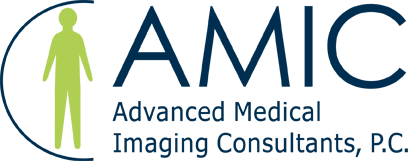Peripheral Arterial Disease
What is PAD?
Peripheral artery disease (PAD) refers to the narrowing of the “peripheral” arteries, which are blood vessels in the legs, arms, stomach and head.
PAD is caused by a buildup of cholesterol and scar tissue on the walls of the artery which forms a substance known as plaque. The plaque builds up gradually and over time it will clog the artery, restricting the flow of blood. In some cases, PAD may be caused by blood clots that break free from within larger arteries and get lodged in narrower arteries, which reduces blood flow.
The most common forms of PAD treatment are within the legs. Left untreated, PAD can lead to painful cramping, limited mobility, amputation, gangrene, infection and even death. Fortunately, there are several highly effective treatment options if PAD is detected early.
Symptoms of PAD
PAD often goes unnoticed and undiagnosed by healthcare providers. What’s more, the symptoms of PAD are easily mistaken for other conditions, such as neuropathy or just the aches and pains of getting older.
Symptoms include:
- Leg pain, numbness, tingling or weakness
- Changes in the color of the arms or legs
- Foot or toe wounds that do not heal or heal slowly
- Decrease in the temperature of the lower legs and feet compared to the rest of the body
- Erectile dysfunction
- Poor nail or hair growth
Risk factors:
Lifestyle and risk factors that can lead to PAD include having had coronary artery disease or stroke, smoking, high blood pressure, high cholesterol, diabetes/metabolic syndrome, family history, being overweight and your age (over 50). African Americans are at a higher risk for PAD. Quitting smoking reduces your risk of developing PAD by 60% within 10 years.
How PAD is diagnosed:
PAD is easily diagnosed with simple, easy and painless tests. These can include physical examination by your doctor, ankle-brachial index (ABI), ultrasound (duplex), X-Ray (arteriogram), CT (CT angiography), and MRI (MR angiography). In some cases, and angiogram may be performed to identify the precise location of blockages within the peripheral arteries.
Treatment for PAD
Fortunately, there are several highly effective treatment options for PAD.
If the disease is not severe, PAD can be treated with medication and/or lifestyle changes. If it has progressed to the point where an intervention is needed, there are several procedures available for you and your doctor to consider.
The interventional radiologists at Advanced Medical Imaging Consultants offer minimally invasive treatments for PAD that do not require open surgery, and have a faster recovery period with less downtime. These include:

